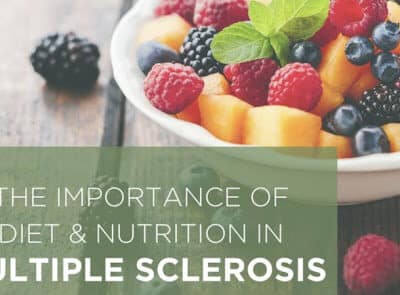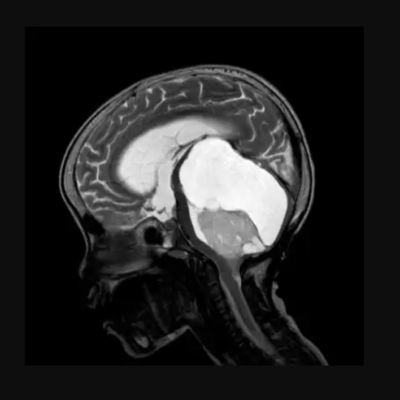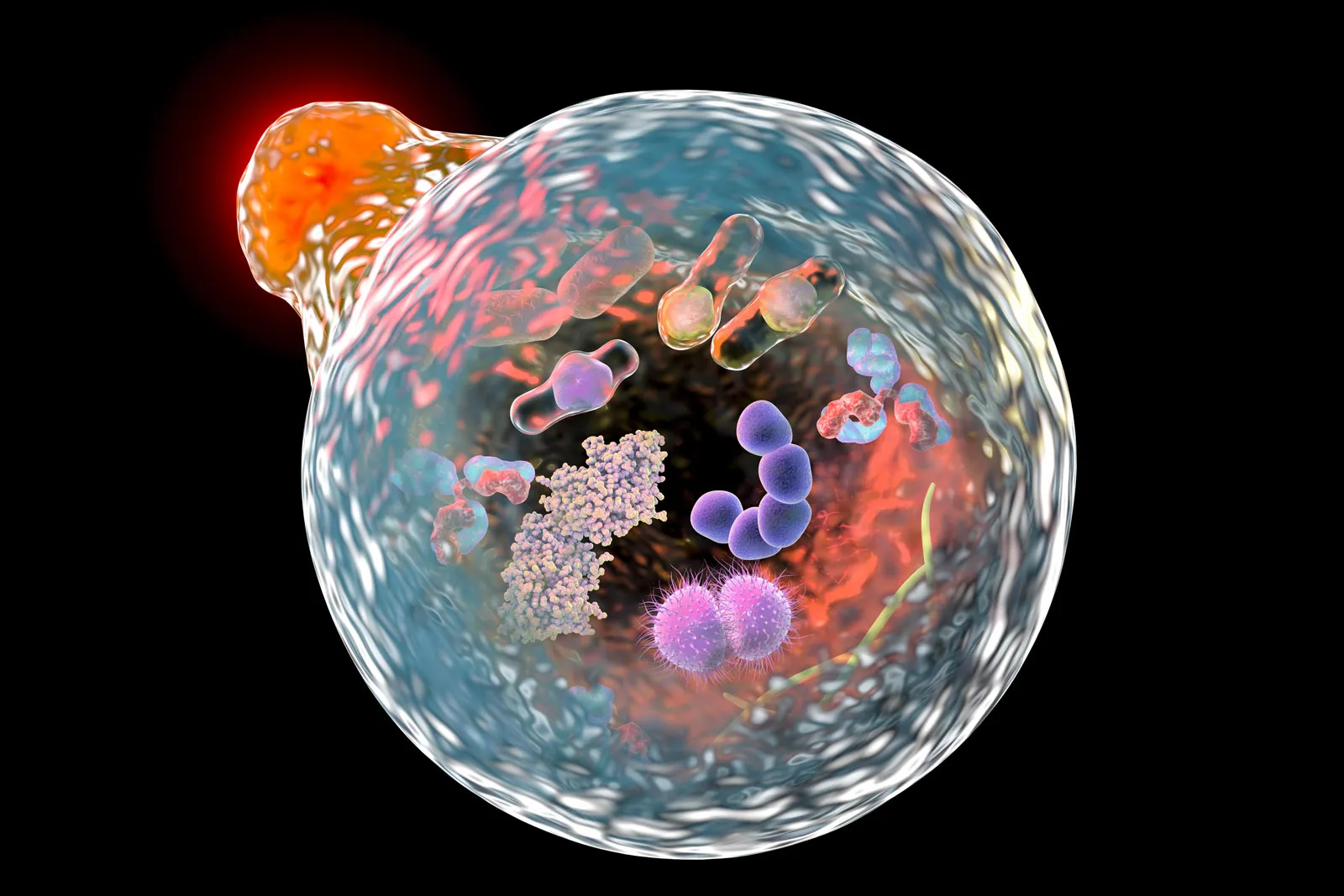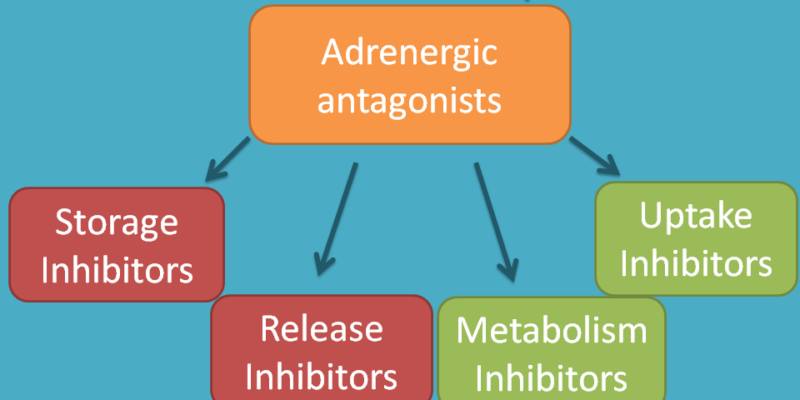
Article Topic: Adrenergic Antagonist
Author: Mohammad Khader Altal.
Scientific Editor: Yazan S. Al-Zamer, Ethar Hazaimeh
Keywords: Postganglionic, sympathetic, neurotransmitter, dopamine, receptors.
Overview
Adrenergic receptors are found mainly on most of the postganglionic fibers of the sympathetic nervous system (SNS) except sweat glands. They bind several neurotransmitters which include: Epinephrine(EN), NorEpinephrine(NE), and Dopamine, and all these neurotransmitters activate it. These receptors are divided into:
- Alpha-Adrenergic receptors: which are subdivided into Alpha-1 and Alpha-2.
- Beta-Adrenergic receptors: which are subdivided into Beta-1, Beta-2, and Beta-3.
Each one of these receptors has a specific location and function summarized in this table below:
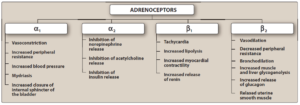
Figure-1 Major effects mediated by α- and β-adrenoceptors (1).
Adrenergic antagonist (sympatholytic):
They are drugs that bind adrenoreceptors and inhibit their activity and are classified by their affinity to alpha and beta-adrenoreceptors:
Alpha-Adrenergic antagonist: Target alpha receptors, these drugs mainly affect blood pressure by reducing it and result in a reflex tachycardia.
- Selective alpha-1 blockers:
A group of drugs includes Prazosin, terazosin, doxazosin, tamsulosin, and alfuzosin. All of them are useful in hypertension treatment but have minor differences: doxazosin has the longest duration, Tamsolosine and Alfozosine can be used for benign prostatic hyperplasia(BPH).
- Mechanism of action(MOA): they decrease blood pressure by reducing peripheral vascular resistance.
- Therapeutic use: for hypertension & as an alternative to surgery with BPH patients.
- Adverse effect: can cause:
- The first dose phenomenon: can cause Orthostatic hypotension which might lead to syncope/fainting, this effect can be minimized by lowering the 1st dose to the third or fourth, taking it at bedtime, and then increasing the dose gradually.
- dizziness, a lack of energy, nasal congestion, and male sexual dysfunction.
2. Selective alpha-2 blockers: Yohimbine:
Found naturally in the bark of the Yohimbine tree, this drug works at the CNS level to increase the sympathetic outflow to the periphery and can be used to treat erectile dysfunction. This drug is contraindicated in psychiatric conditions, renal dysfunction, and cardiovascular diseases (2).
Beta-Adrenergic antagonist:
They are competitive antagonists that target beta receptors, including:
- Non-selective beta-blockers: which include:
- Propranolol: the prototype, has an equal affinity for β1&β2 receptors.
- MOA: nodal activity thus decreases cardiac output, causes bradycardia by decreasing atrioventricular and atrial the also block β2 which prevent vasodilation in smooth muscles and increase the peripheral vascular resistance.
Its Contraindicated(C/I) to non-selective β-blockers to (COPD) or Asthma patient because they block β-receptor in the lungs thus worsening their condition. By blocking β2 they decrease glycoglyesis& glucagon secretion.
- Therapeutic use:

Figure.2 therapeutic effect of Propranolol.
Adverse effect:
- Bronchoconstriction
- Arrhythmia: especially in abrupt stopping the drug, must gradually be tapered off.
- Metabolic disturbance
- CNS effect: depression.dizziness, fatigue
- Sexual dysfunction
- Drug-drug interaction:
| Drugs increase the metabolism | Drugs decrease the metabolism |
| barbiturates, phenytoin, and rifampin. | cimetidine, fluoxetine,
paroxetine, and ritonavir. |
- Timolol & Nadolol: more potent than propranolol and have a longer duration of action. Can be used in the treatment of Glaucoma: by decreasing the secretion of aqueous humor.
2. selective beta-1-blockers:
- Acebutolol, atenolol, betaxolol, bisoprolol, nebivolol, esmolol, and metoprolol:
- MOA: selectively blocks β-1 receptors thus decreasing blood pressure, they have a lower effect on pulmonary state and can be used in an asthmatic patient, and they must be monitored.
- Therapeutic use: first-line drug for chronic stable angina, can be used for hypertension, angina.
- Note that bisoprolol& metoprolol can be used for chronic heart failure.
Drugs with intrinsic sympathomimetic activity (Acebutol & Pindolol):
Have the ability to weakly stimulate β receptors they bind and inhibit the binding of a potent agonist, thus called partial agonists. They can be used for hypertension.
Drugs that block α& β adrenoreceptors (Labetalol&Carvedalol):
They non-selectively block β and α-1 receptors thus reducing blood pressure.
- Labetalol: used in pregnancy-induced hypertension.
- Carvedilol: can be used on chronic heart failure.
- S/E: Orthostatic hypotension and dizziness.
All the drugs we mentioned are summarized in this schedule:
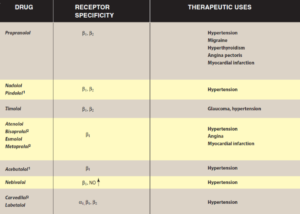
Figure-3, Summary of β-adrenergic antagonist. NO = nitric oxide. 1Acebutolol and pindolol are partial agonists, as well. 2Bisoprolol, metoprolol, and carvedilol are also used for the treatment of heart failure (3).
Drugs affecting neurotransmitter release or uptake (Reserpine):
They work by preventing the transport of biogenic amines (dopamine, serotine, norepinephrine) from the cytoplasm to storage vesicles thus decreasing sympathetic function in general. Reserpine has a slow onset and long duration of action.


